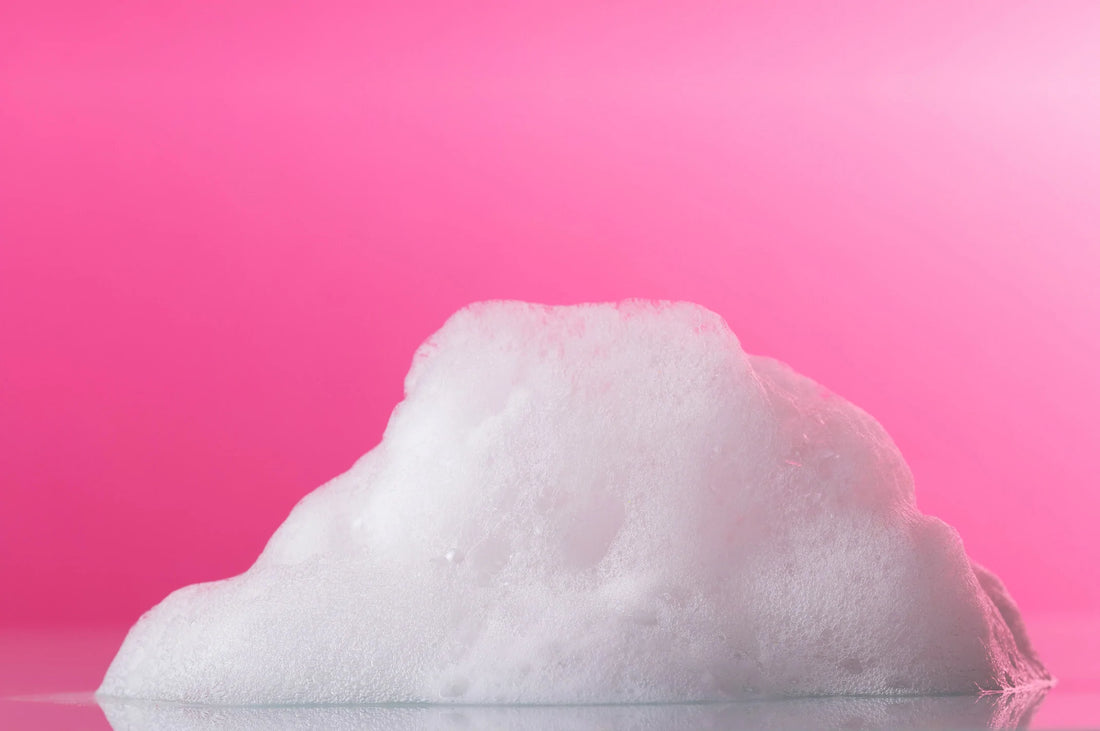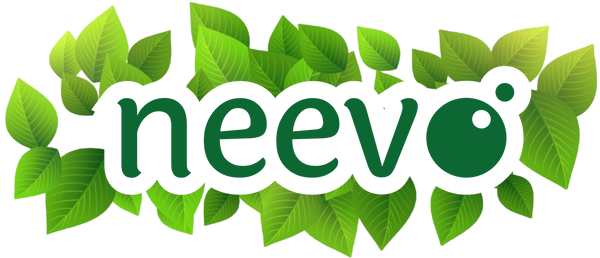
The Quest for Natural Foam
Share
What is Foam?
Foam is a bunch of tiny bubbles created by foaming agents, water and air.
Why is it needed?
The true purpose of foam is to provide contact time on a soiled surface to allow the wetting agents, detergents and degreasers enough time to do their jobs.

How do we achieve this?
The most common form of foaming agent is Sodium Lauryl Sulphate. Just like its predecessors its a chemically produced salt of a fatty acid and sodium hydroxide. This what we have been doing for quite some time now.
What are the consequences?
For the most part foam due to the above chemicals is fit for human use according to various tests done. The Long Term consequences on the other hand are only now coming to light.
- SLS strips the skin of its natural oils which causes dry skin, irritation and allergic reactions. It can also be very irritating to the eyes. Inflammatory skin reactions include itchy skin and scalp, eczema and dermatitis.
- As a raw material, the LC50 for SLS is reported between 1 and 13.9 mg/L after 96 hours, categorizing it as moderately toxic to aquatic life.
What can we use instead?
Sodium cocoyl isethionate (SCI) is the sodium salt of the fatty acid from coconuts. It can be synthesised from oil /fatty acids and alcohol such as methanol.
It has excellent cleansing and foaming properties and works well with most surfactants and non-ionic formulations. SCI also provides moisture retention (unlike SLS) by preventing drying and flyaway effects after washing, making the surface appear shiny and healthy.
Since it is manufactured from natural coconut oil it degrades naturally into safe compounds for marine and aquatic life.
